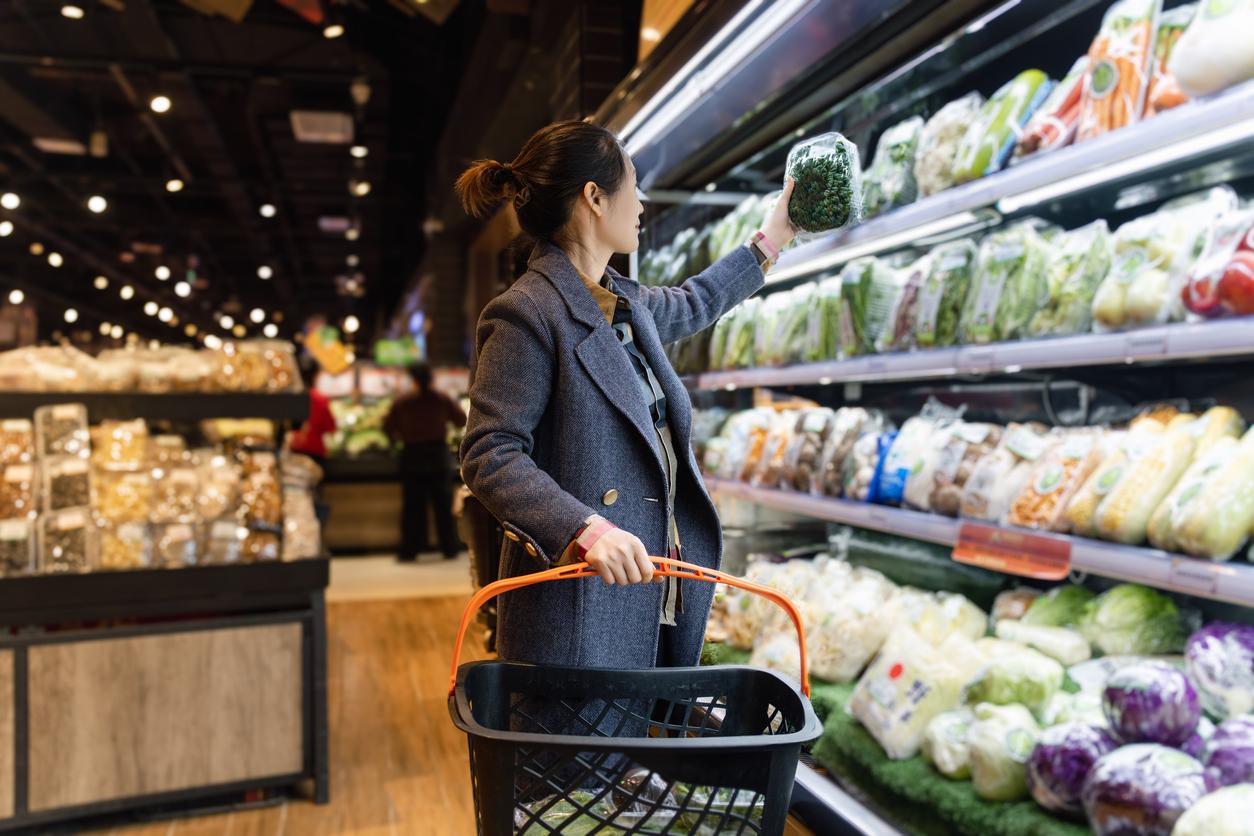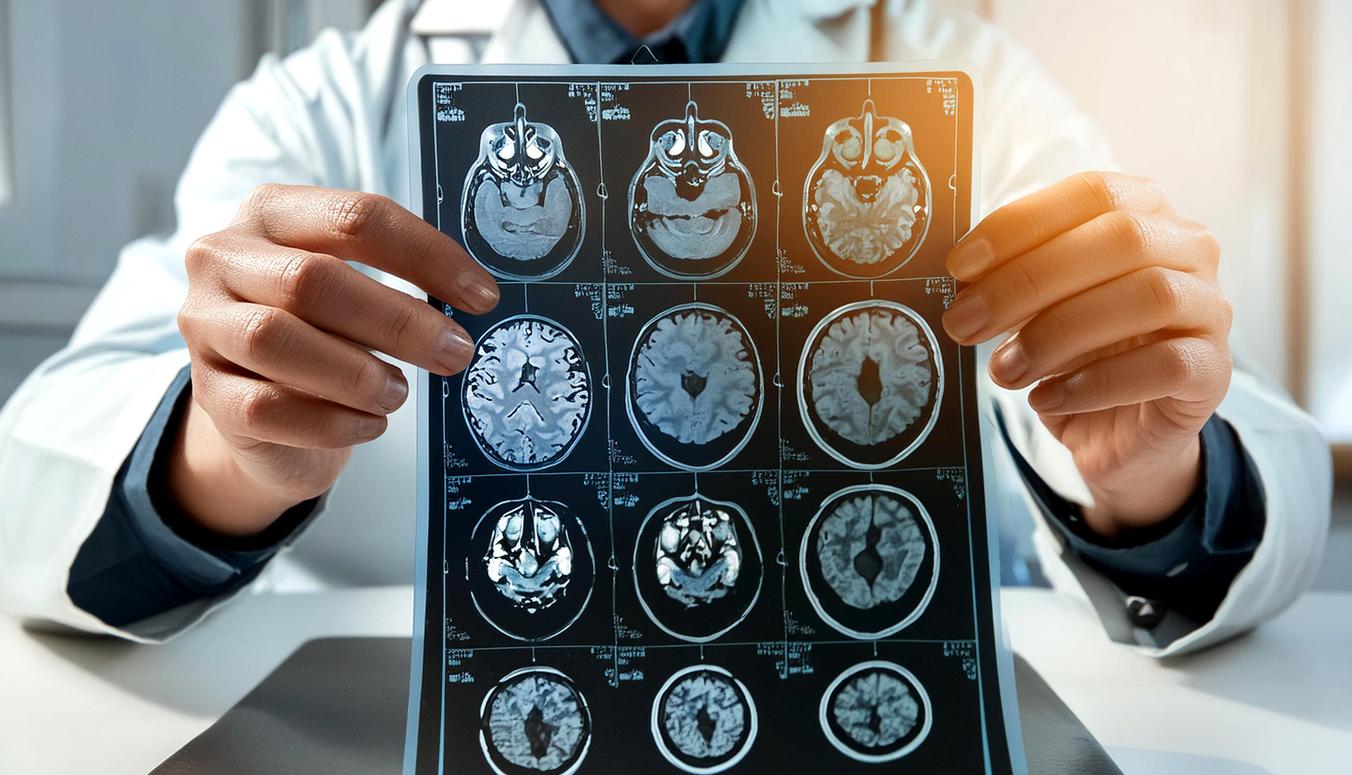Gas stoves emit more lung-damaging particles than car exhaust, a new study finds.

- Cooking on your gas stove can emit more nano-sized particles into the air than cars.
- This could increase the risk of developing asthma or other respiratory illnesses, according to a new study from Purdue University.
- It would therefore be preferable to use the extractor hood when cooking meals.
You breathe more polluting nanoparticles in front of your gas stove than when you are in the middle of road traffic. Here are the worrying findings of a new study from Purdue University. These scientists used indoor air quality to understand why children who live in homes with gas stoves are more likely to develop asthma.
Their work was published in the journal PNAS Nexus in February 2024.
Gas stove: more nanoparticles than exhaust pipes
Wishing to understand the mechanisms of the development and propagation of particles less than 3 nanometers, called aerosol nanoclusters, emitted during the use of gas stoves, the researchers worked in a laboratory recreating all the characteristics of a typical house. The installed sensors made it possible to closely monitor the impact of daily activities – such as cooking food – on indoor air quality.
Scientists have calculated that up to 10 quadrillion aerosol nanocluster particles could be emitted per kilogram of cooking fuel. “Which matches or exceeds those produced by vehicles equipped with internal combustion engines”specifies communicated.
Data modeling showed that these particles persist for a long time on their journey from the gas stove to the rest of the house. Billions of them were emitted in just 20 minutes after boiling water or making grilled cheese sandwiches or pancakes on a gas stove.
“Even if many particles diffused quickly to other surfaces, models indicated that approximately 10 billion to 1 trillion particles could be deposited in the head airways and tracheobronchial region of an adult’s lungs. These doses would be even higher for children: the smaller the human, the more concentrated the dose., add the scientists. They calculated that we breathe in 10 to 100 times more aerosol nanoclusters while cooking on a gas stove than we do with car exhaust on a busy street.
Additionally, aerosol nanoclusters from gas combustion could also easily mix with larger particles in the air from butter, oil, or anything else cooking. “This would result in the formation of new particles with their own unique behaviors.”
Air pollution: you must use the hood while cooking
For the scientists, their work shows that it could be good to operate extractor hoods when using gas in order to reduce the concentration of nanoparticles in the home. “Since most people don’t turn on their exhaust fans while cooking, having kitchen hoods that turn on automatically would be a logical solution”estimates Professor Brandon Boor, who led this research.
“In the future, we need to think about how to reduce our exposure to all types of indoor air pollutants. Based on our new data, we advise that aerosol nanoclusters be considered a separate category of atmospheric pollutants”adds the expert.


















